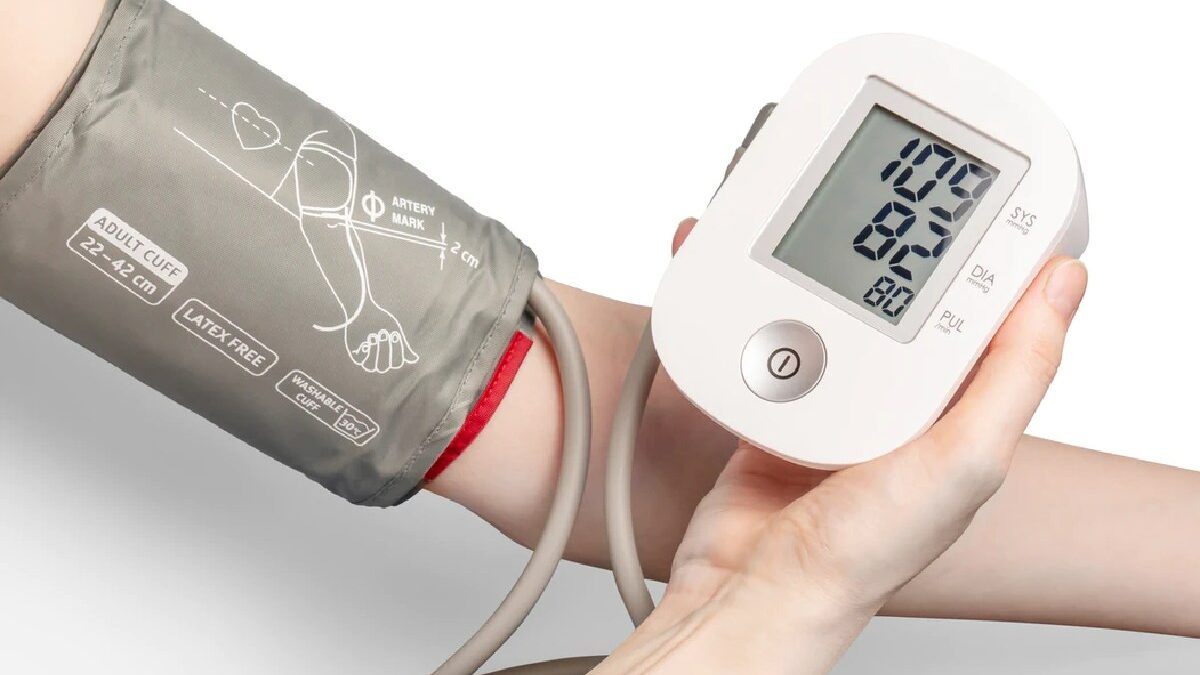Factors for a Successful Medical Device – Between 2015 and 2019, the medical device industry grew by a compound annual growth rate (CAGR) of 4.4%. This pushed medical devices into a $450 billion-plus industry. Experts predict that starting this year, the industry’s CAGR will increase significantly to around 6%, which would create a $600 billion-plus industry by 2023.
This compelling evidence points to the medical device industry as one of the fastest growing and competitive industries in 2021. The industry consists of a wide variety of medical device types and there may be several of each type competing to become the most successful.
But what a successful medical device?
Each successful medical device fulfills a niche–but critical–function. And each medical device finds success on its own merit, but there are certain factors that most successful medical devices do share. Here we’re going to cover five factors that help determine success for medical devices.
Table of Contents
1. The Right Idea and Technology
Medical device developers can put too much emphasis on this aspect of success but it is still an important piece. Creating a device that meets an unmet need in a way that is valuable to the industry is still incredibly important. Using the right technology to bring that idea to fruition is also a critical ingredient to the success of a device. When you can nail the combination of function and technology, you have a product with the foundation for success.
This mix used to be enough to find success with a medical device but as the industry grows and becomes more crowded, it is no longer the be-all-end-all of medical device success. When you have the right idea and technology, you have to take it a few steps further in 2021 and make sure your medical device has a few more factors that will help lead to success.
2. Consistent Production
Medical devices today are incredibly complex, precise technology that requires a very high level of manufacturing to create. Users of medical devices expect and desire high-quality manufacturing but it’s more important than that. Medical devices are used in high-stakes healthcare scenarios so it is vital that they stay safe and effective for use. Consistent precision manufacturing that maintains a high level of quality assurance and implements best practices, such as environmental monitoring to create the highest quality product possible, is a big factor in success.
According to Dickson, data loggers are the primary technology used to ensure a consistent environment (temperature, humidity, etc.) for the production, distribution, and storage of medical devices. These sensors allow medical device manufacturers to monitor environmental conditions in the production process and today, many of these sensors are internet-connected. This helps manufacturers be even more precise and consistent in the process.
3. User-Friendliness
We mentioned above that a medical device can’t just be a good idea paired with the right technology these days. Users now expect more. They want a device that is easy to use and makes their lives more convenient. If a device doesn’t fit these two categories–that can be grouped under the category of user-friendliness–it simply won’t succeed.
Designers of medical devices must put a large emphasis on UX design to make sure their device is as user-friendly as possible. UX design must be considered at every step along the way in medical devices especially because of who these users are. They will either be incredibly busy medical professionals or a wide range of patients whose comfort levels with technology will be widely varied. In some cases, the device will have to appeal to both groups which makes careful UX design even more essential.
4. Updates and Support
One of the biggest reasons that tech-based medical devices are so popular and growing so fast in 2021 is the fast feedback loop that they provide. Many of these devices are internet-connected and, because of this, can be updated and improved very quickly. Developers can respond to feedback and issues almost in real-time and send updates that will make the device better. The more effectively developers do this, the more successful a device should be.
In addition to improving the devices, companies that produce medical devices must also have a mechanism in place to help improve the user experience with the device. This means supporting users as they start using the device and throughout their experience. Giving users a customer service support platform to ask questions and address concerns is something that will go a long way towards producing success.
5. Training and Education
Medical devices aren’t the types of products where you can slip an instruction manual in the box and be done with it. These are often devices that require hands-on training for users to understand. This is a two-fold process. Successful medical device companies offer training on how to use the device as well as offer education as to why you should be using the device.
Successful medical device suppliers should offer training and education to rank and file healthcare employees or patients who may use the device, as well as provide “train the trainer” programs so that people in the industry can train other internal users and patients for you. When you have a comprehensive training and education program associated with your medical device, the chances of widespread adoption and overall success should increase dramatically.
Conclusion
There is no secret sauce that will guarantee your medical device finds success in this large growing and competitive market. But there are things you can do to boost your devices’ chances. These include pairing the right idea with the right technology, maintaining and monitoring production for consistency, focusing on user-friendliness, and offering both updates and support and the right training and education.

